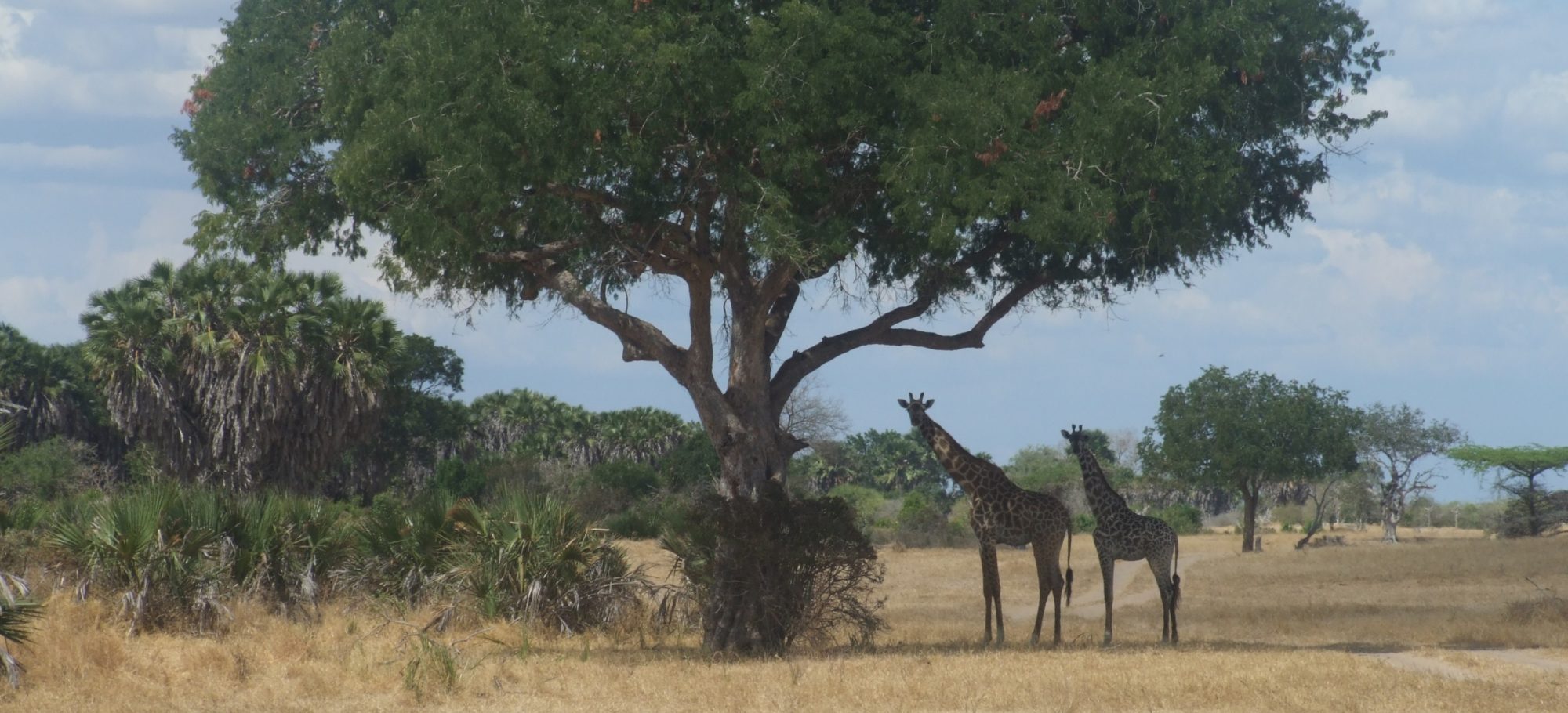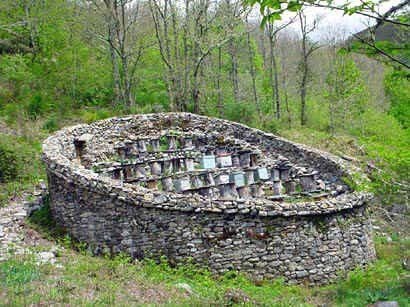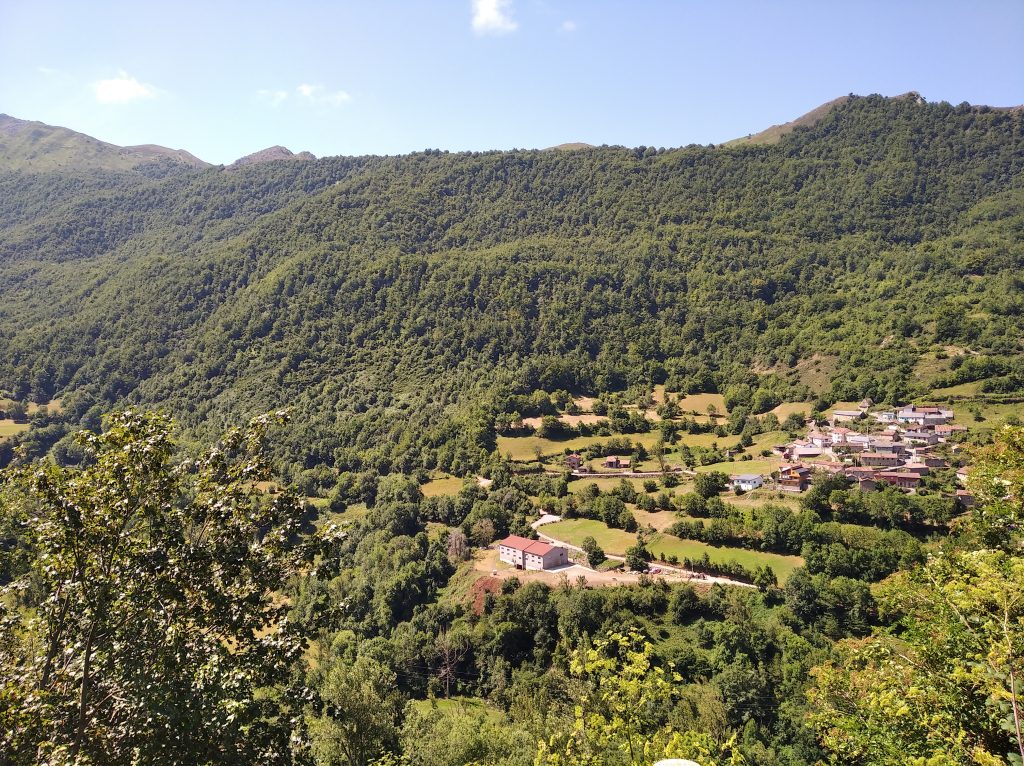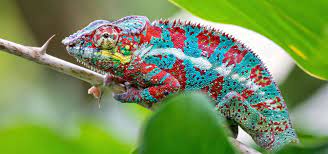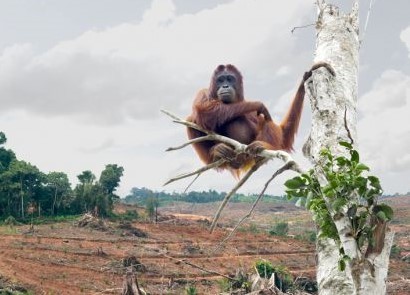
There is a scheme which gives companies ratings based on their environmental, social and governance positions in order to allow investors to know that they are investing in companies that are thinking about the future.
This is good! Of course we should know.
However, this has (intentionally or not) been set up to fail on its own. It seems that the rating does not look at whether a company emits small amounts of carbon, or makes low carbon products but on the Dollar value of the risk/return.
Tesla’s ESG score is 28.5, giving it a ranking of 41 out of 85 USA car companies or 8,192 out of 14,666 in the world.
The companies below are all oil companies with lower esg scores are as follows:
Royal Dutch Shell ESG Score: 35.1 with a high exposure risk and strong management rating.
TotalEnergies SE ESG Score: 29.2 with a medium exposure risk and strong management.
Repsol SA ESG Score: 26.7 with a medium risk and strong management.
Equinor ASA ESG Score: 32.0 with a high risk and strong management.
It is entirely possible that the esg score is being misused by companies like this, however what is clear is it is misleading consumers and so must be changed (as whatever the current aim, this score was set up to inform not to mislead).
A quote from Bloomberg business on this scheme stated “the most striking feature of the esg rating system is how rarely a company’s record on climate change seems to get in the way of it climbing up the esg ladder or even to factor at all”.
